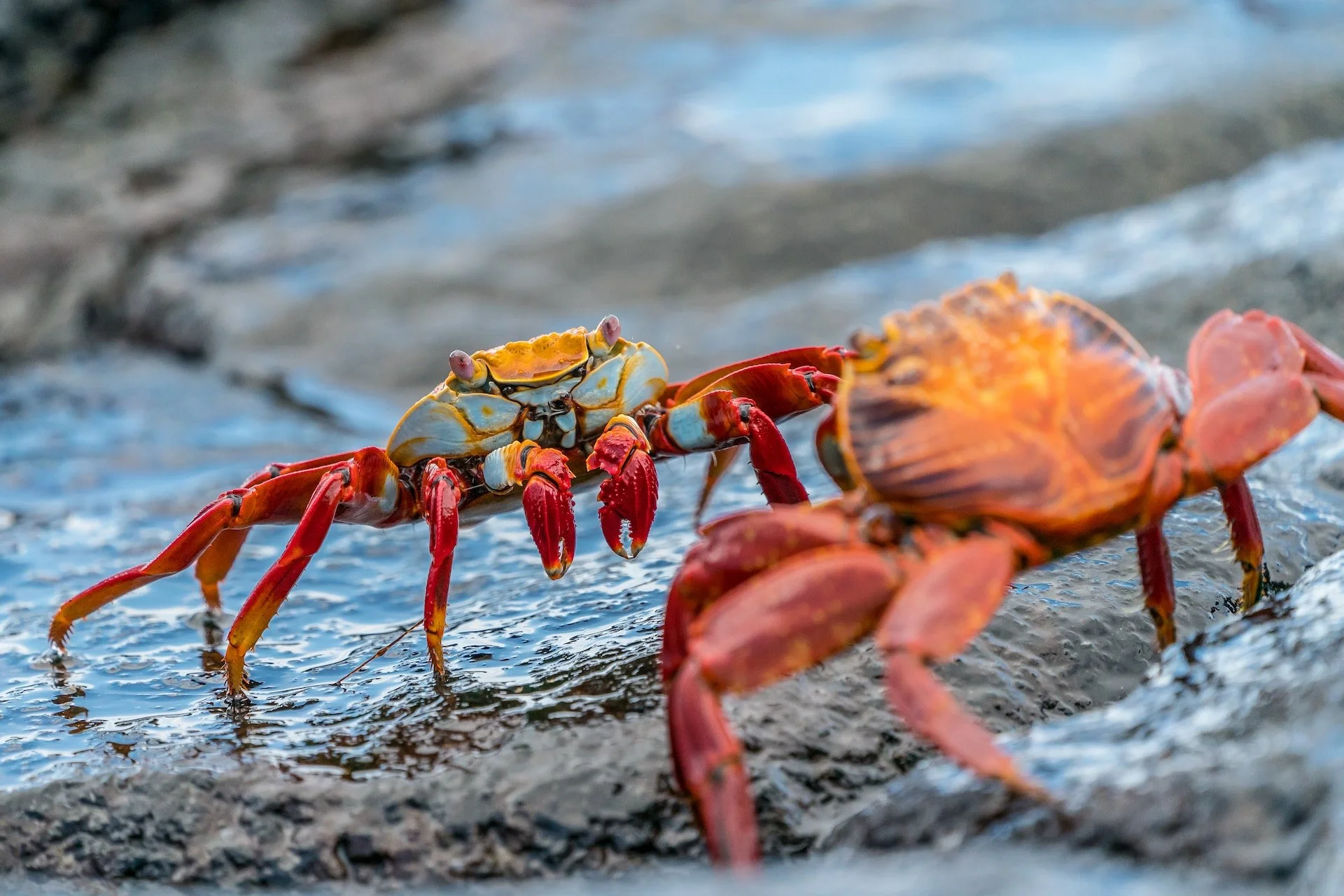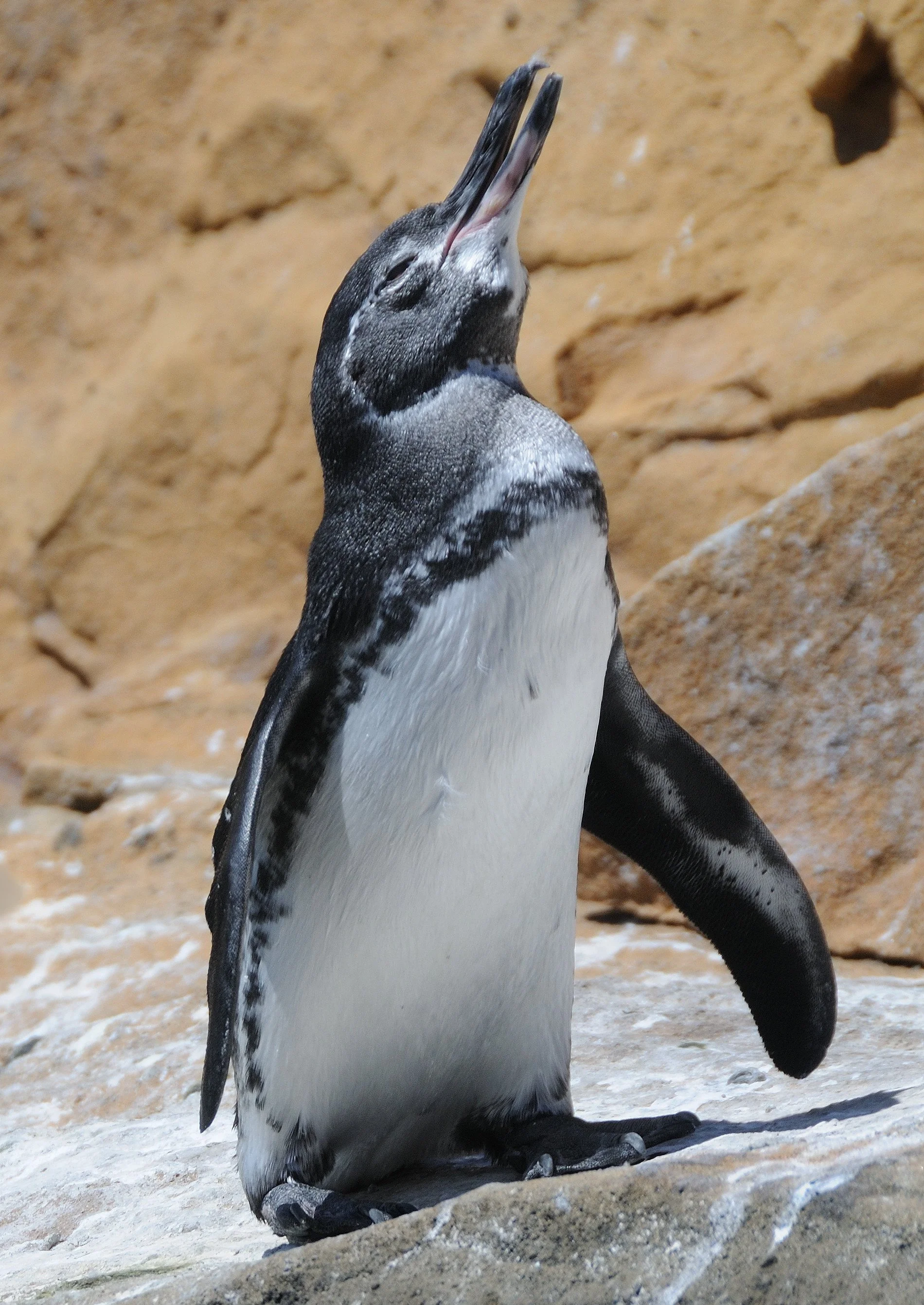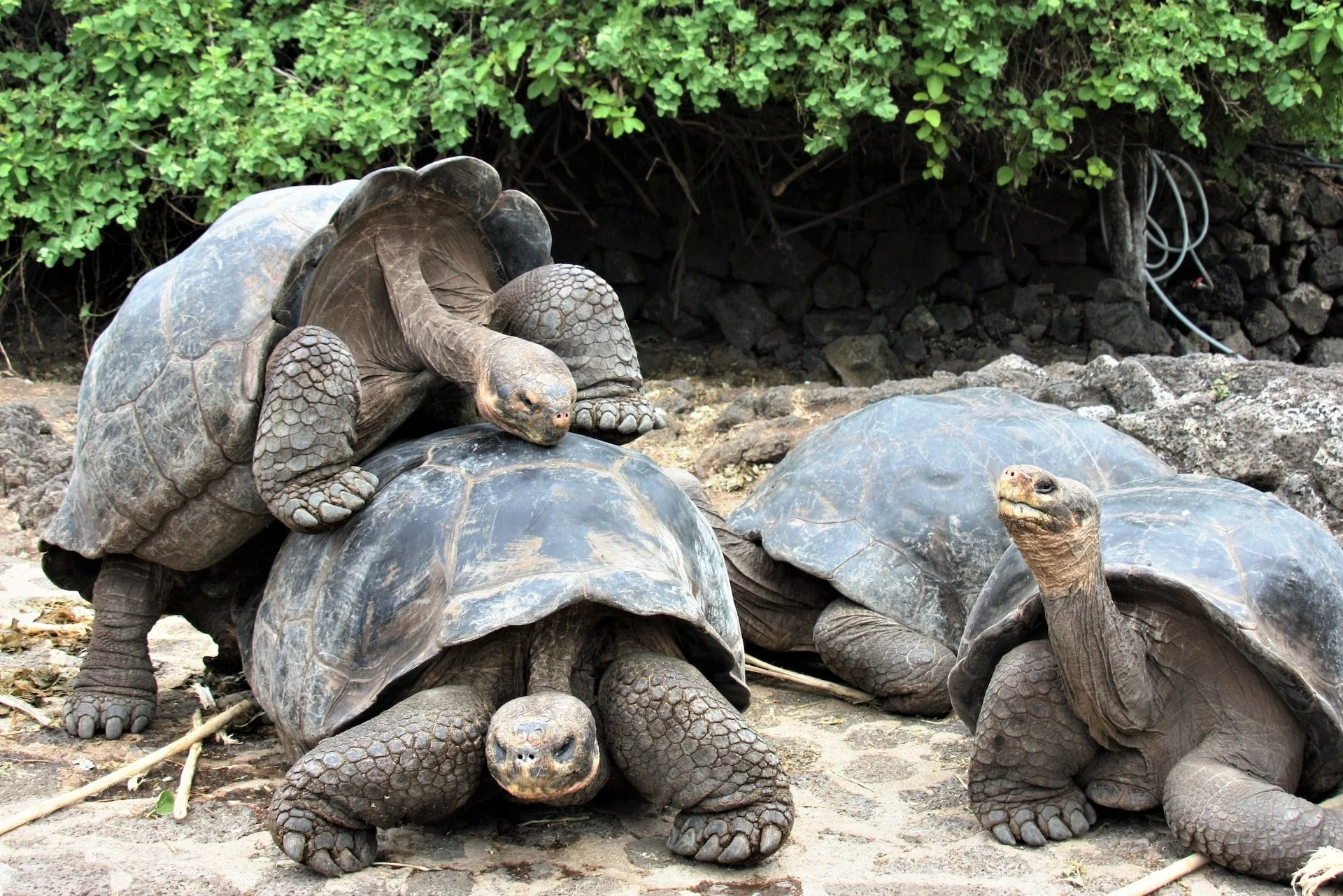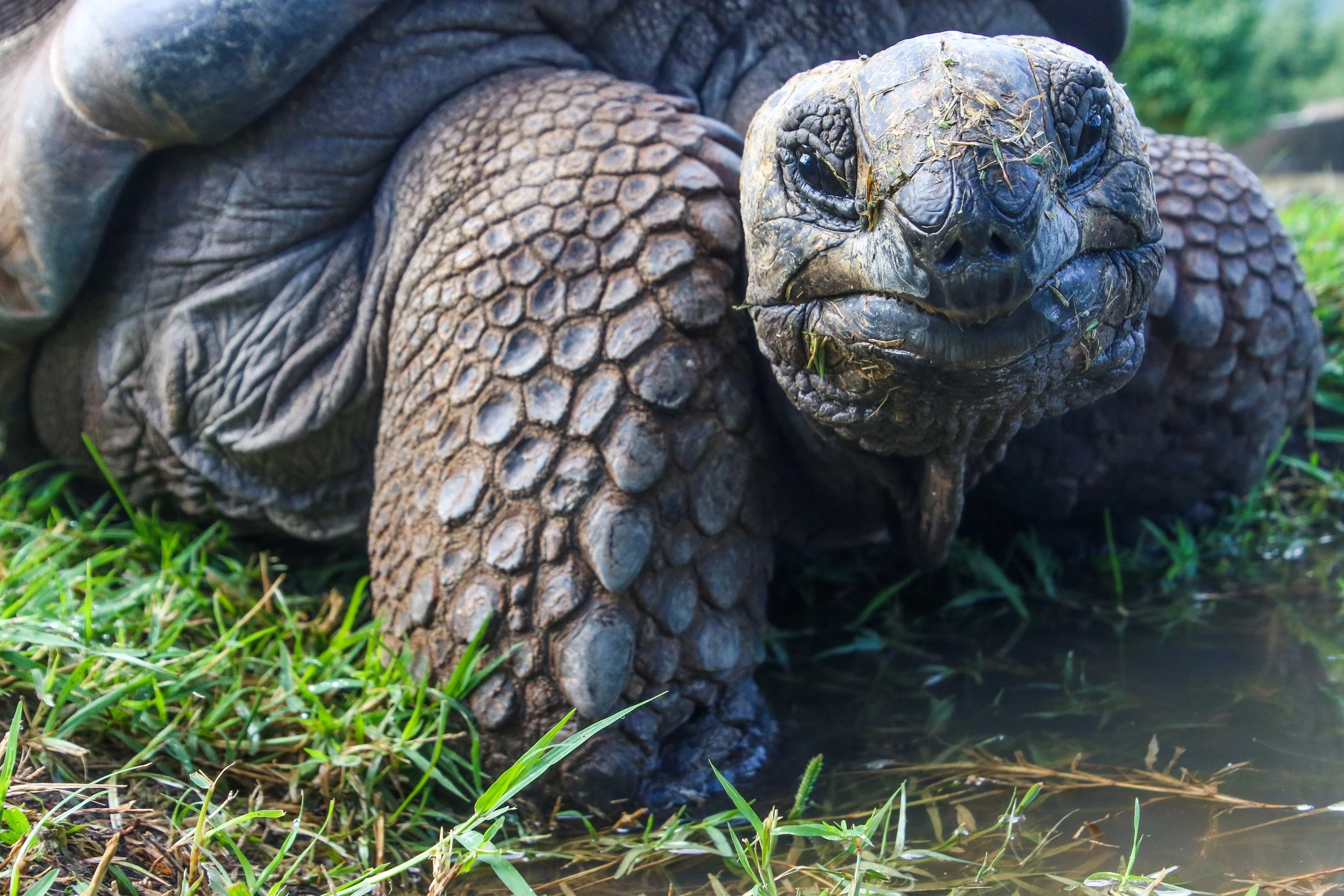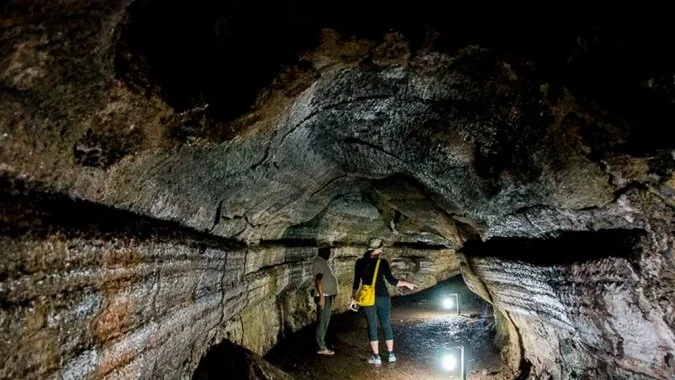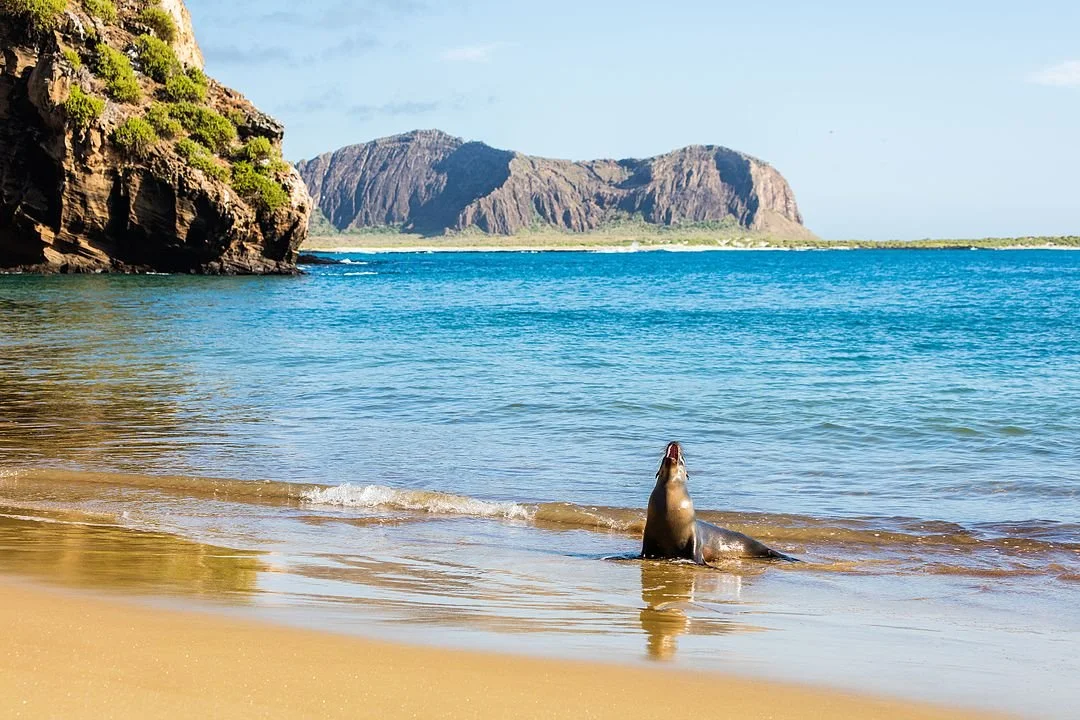What are the coolest things to see in the Galápagos Islands? The giant tortoises of Rancho El Chato, the Bellavista Lava Tunnels, Los Gemelos and the sea lions of Lobería Bay make this a paradise for nature lovers.
Calling all thrill-seekers! Are you ready to experience the Galápagos Islands like never before? This untouched paradise, situated off the shores of Ecuador, is home to an abundant and awe-inspiring array of wildlife. From giant tortoises to iguanas to penguins, this enchanting destination is a must-visit for nature lovers and adventure seekers alike.
About 600 miles off the coast of Ecuador in the Pacific Ocean, the remote archipelago of 18 islands and more than 100 small islets was declared a UNESCO World Heritage Site in 1978.
Here are the top six awe-inspiring experiences you won’t want to miss out on during a private Galápagos tour:
1. Lobería Bay: A Sea Lion’s Paradise
Near Puerto Baquerizo Moreno on the southwestern coast of San Cristóbal Island, Lobería Bay is home to one of the largest sea lion colonies in the Galápagos Islands, and its name, which loosely translates to “Place of the Sea Wolves,” is a fitting one.
These playful creatures can be seen sunbathing on the rocks, swimming in the ocean and even surfing the waves. Visitors can get up close and personal with the sea lions, but it’s important to remember that they’re wild animals and should be respected.
In addition to sea lions, Lobería Bay is home to a variety of other wildlife, including iguanas, penguins and pelicans. The crystal-clear turquoise waters off the coast are also great for snorkeling and scuba diving: You can see a variety of marine life, such as sharks, rays and colorful fish.
Lobería Bay is a truly special place to witness the spectacle of its namesake inhabitants. Their spirited playfulness and captivating postures make for an unforgettable show.
2. Santa Cruz Fish Market: Get Fresh
Located on San Cristóbal’s southern shore in the town of Puerto Ayora, the Santa Cruz Fish Market is a wonderful place to immerse yourself in island culture. Locals come here to select their evening feast among the freshest catches of the day. The market is a hive of activity, with fishermen unloading their boats, vendors hawking their wares and tourists snapping photos.
You won’t be alone. Pelicans waddle past the counters, and the sea lions poke their heads up beside the sellers stalls to sniff the delicious seafood.
But the real spectacle is the intricate process of weighing and preparing the fish. Yellowtail tunas are hoisted onto scales, groupers are gutted and fileted, and scorpion fish are skinned and cleaned. It’s a fascinating glimpse into the world of commercial fishing, and it’s sure to whet your appetite.
At night, the fish market transforms into an open-air restaurant. The set menu offers a plate of fresh seafood and two sides for a very reasonable price (around $5).
While you’re in the vicinity, head to the black volcanic rock shores to see colonies of brightly colored Sally Lightfoot crabs scuttling about.
3. The Wetlands on Isabela Island: A Birdwatcher’s Paradise
The Isabela Wetlands Complex (Isabela Humedales) is a hidden gem located a short distance from Puerto Villamil on seahorse-shaped Isabela Island. This remarkable ecosystem is home to a diverse array of wildlife, including flamingos, stilts (named for their long legs) and pintail ducks.
The best way to explore the wetlands is on foot, following the network of boardwalk trails that pass through lakes, lagoons and mangrove swamps. The trails are easy to navigate, making them a great option for even inexperienced hikers.
As you explore the complex, you’ll be amazed by the beauty of the wetland ecosystem. Mangrove trees provide a shady respite from the sun, popular with various plants, insects, amphibians, fish and more. But the real stars of the show are the birds. You can see over 100 species, including some that are found nowhere else in the world. You're likely to see flamingos, flightless cormorants, penguins and gallinules.
While here, look for the island’s unusual resident, the Conolophus marthae, or pink land iguana. The slopes of Wolf Volcano are the only place on the planet where they live.
If you’re not a fan of hiking, you can explore the area on a bicycle. However, it’s best to avoid the afternoon, when the sun is at its hottest.
4. El Chato Tortoise Reserve: Walking Among Giants
The Galápagos tortoise is the official mascot of the islands — and for good reason. These majestic, slow-moving creatures are gentle giants, with some specimens weighing up to 550 pounds (250 kilograms). They’re also some of the longest-living invertebrates; the oldest ever recorded was 175 years old!
One of the best places to observe them in their natural habitat on Santa Cruz Island at Rancho El Chato. The reserve is located a little over a mile south of the small town of Santa Rosa and covers 29 rolling acres of lush tropical highlands. The ranch’s mission is to provide a sanctuary for this endangered species. The privately owned reserve is home to many free-roaming giant tortoises, as well as Darwin finches and short-eared owls.
Visitors can hike through the highlands, coming face-to-face with tortoises, as these amazing creatures roam around freely, and learning more about their resilience and longevity.
5. Los Túneles de Bellavista: A Subterranean Wonder
If Puerto Ayora’s your home base, you can find a treasure trove of wonders just beyond its lively fish market, including the subterranean geologic wonders known as Los Túneles de Bellavista, or the Bellavista Lava Tunnels. These underground passages on Santa Cruz Island reveal the sheer magnitude and force of volcanic activity that shaped the Galápagos archipelago.
One of the most popular tunnels can be found near the village of Bellavista. Santa Cruz is the most well-known island for lava flows, which are particularly abundant in the highlands. Visitors can descend underground and marvel at the incredible shapes and formations that were created millions of years ago.
The tubes were formed as lava flowed over the island’s surface. As the outer layer of lava cooled and hardened, molten magma continued flowing beneath. When the lava drained away, it left behind a series of long cave-like channels.
To get to the Lava Tunnels, you can hire a taxi in Puerto Ayora. The tunnels aren’t well-lit, so be sure to bring a flashlight and wear sturdy shoes, not flip-flops.
6. Los Gemelos and Scalesia Forest: Twice as Nice
If you’re looking for an adventure that will take your breath away, be sure to add Los Gemelos (The Twins) to your list of must-see places in the Galapagos. These two round craters are located on opposite sides of the main Santa Cruz highway and were formed when lava tunnels collapsed due to erosion and tectonic shifts. Today, they stand as untamed and lush havens, inviting adventurous souls to explore their hidden wonders.
The larger of the two craters is about 410 feet deep (125 meters), and the smaller one is about 82 feet deep (25 meters). Both are surrounded by Scalesia forests. These trees are actually part of the family of plants that includes daisies and sunflowers. Scalesia trees are endangered, and they’re only found in the Galápagos. The forests also have a variety of birds, including the vermilion flycatcher and the Galápagos hawk.
A short hike from the main road leads to the rim of the larger crater. From there, you have a breathtaking view of the crater and the surrounding forest. You can also hike down into the crater, but be sure to wear sturdy shoes and be careful of loose rocks.
The Galápagos: Explore a Natural World of Wonders
The Galápagos Islands are a place of wonder and discovery. With playful sea lions, vibrant fish markets, lava tunnels and mighty tortoises, every corner of this archipelago holds something different to explore. Craft your own itinerary with a private tour of the Galápagos Islands — you’re sure to be captivated by its sheer beauty. –Emilia Stefan





